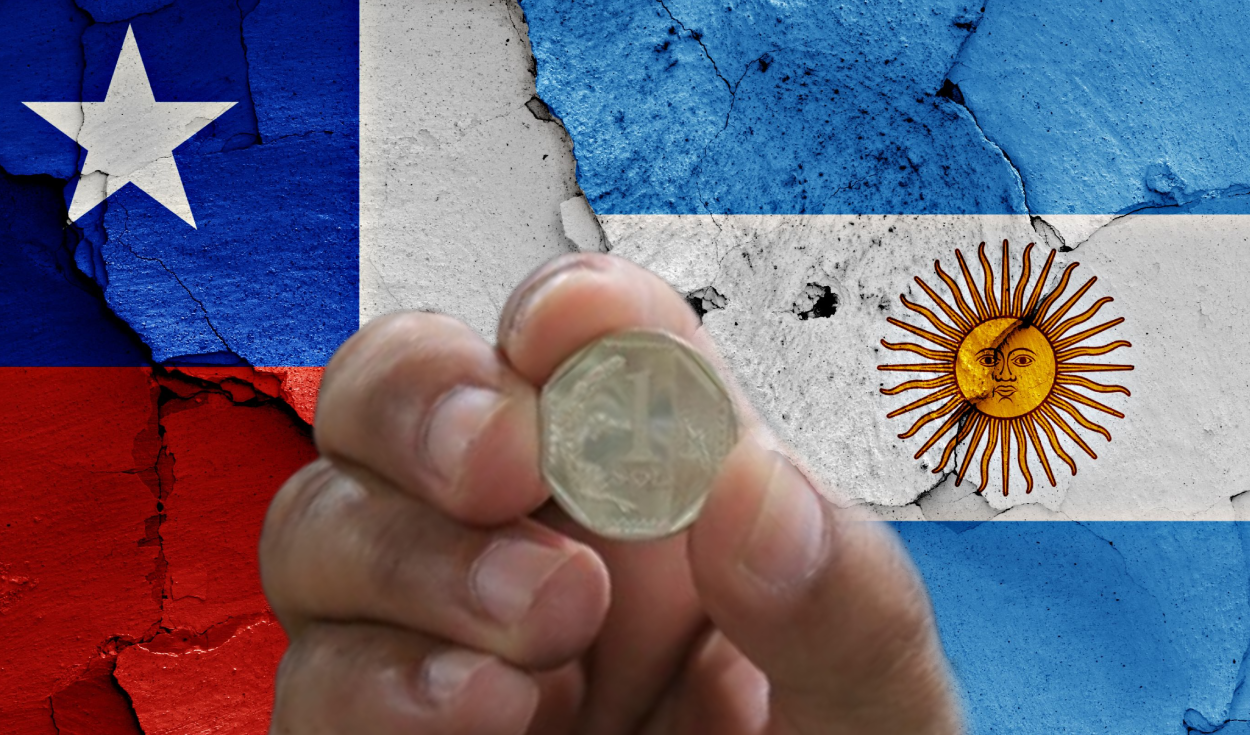
On January 22, 2025, the Mandatory Dina Boluarte He participated in the World Economic Forum, held in Davos, Switzerland. During his speech, he stressed that two Latin American countries have increased the use of the Peruvian sun in their commercial transactions, which contributes to the strengthening of economic ties with Peru.
Additionally, Boluarte said that Peru has maintained a single digit inflation for almost 30 years and reiterated its commitment to conclude its Mandate in July 2026.
What Latin American nations have adopted the Peruvian sun in its commercial operations?
In his speech, Boluarte Zegarra emphasized that inflationary stability has been a determining factor in the strength of the Peruvian sun. As a result, citizens of Bolivia and Brazil They have begun to use this currency in various commercial operations, which reflects confidence in the Peruvian currency within the region.
“Over almost 30 years, Peru has maintained inflation of a single digit. Our currency, the Peruvian sun, has been strengthened in the region, so much that citizens of Bolivia make transactions in soles, and the same happens with Brazilwhere our currency is also used for commercial operations, ”he said.
Likewise, the president said that Peru’s objective is to continue its growth in the Regional scope and position yourself worldwide. In that context, he highlighted the country’s richness in natural resources such as copper, zinc and lithium, in addition to its agricultural production and human capital, which represent fundamental pillars to achieve this goal.
“We want a country that not only aspires to continue growing, but also project to become a world power, at the level of the United States, China either Japan. Peru has unique potentials that other countries do not possess: our sea, copper, zinc, lithium, agricultural resources and, above all, our valuable human resource, ”he added.
Argentinos cross the border in search of lower prices
On the border between Argentina and Bolivia, specifically in the Bermejo area, the Bolivian products trade has gained notoriety. According to the journalist Yerko Guevara, this activity is carried out under the supervision of Bolivian military and agents of the Argentine Police, who allow the transit of goods between the two nations.
Latina journalist, José Alván, reported that this phenomenon has also extended to Chile, where many Argentines seek more affordable prices. While in Chile the products can cost between 25% and 30% less, in Bolivia price reduction reaches up to 50%.
This difference has led Argentine citizens to acquire various items, such as food, clothing, footwear and accessories, which has generated a great demand in Bolivian markets.
“In this case, for example, these last weeks have seen several news that Argentines are going, for example to Chile and are also going to Bolivia. In both countries, both Chile and Bolivia, Argentines are seeing cheaper prices than they can see in the local market. However, in Chili Prices are 25% to 30% less, they buy even clothes, shoes, wallets that cost them between 25% to 30% less, “Alván said.
During an interview with Guevara, a citizen said the Prices in Bolivia They are significantly more accessible, which makes a destination that offers attractive options for cross -border purchases. “The truth, everything is given, very cheap. Yes, it is convenient to come,” he said. Additionally, he pointed out that this situation allows him to make between one and two weekly trips to the Bolivian territory.
Argentinos cross Bolivia for low prices: does it harm the local market?
Likewise, the television analyst said that, in Bolivia, prices are being up to 50% lower than expected. This, although it benefits consumers by acquiring cheaper products, generates a negative impact on local production. As a consequence, when people come to the market, they begin to notice the absence of certain products.
“However, in Bolivia is costing about 50% Less, that is, much more than they expect. This, however, benefits those who buy, but also harms the same Bolivian production. People when they go to the market no longer find products, ”he said.
Source: Larepublica
Alia is a professional author and journalist, working at 247 news agency. She writes on various topics from economy news to general interest pieces, providing readers with relevant and informative content. With years of experience, she brings a unique perspective and in-depth analysis to her work.












